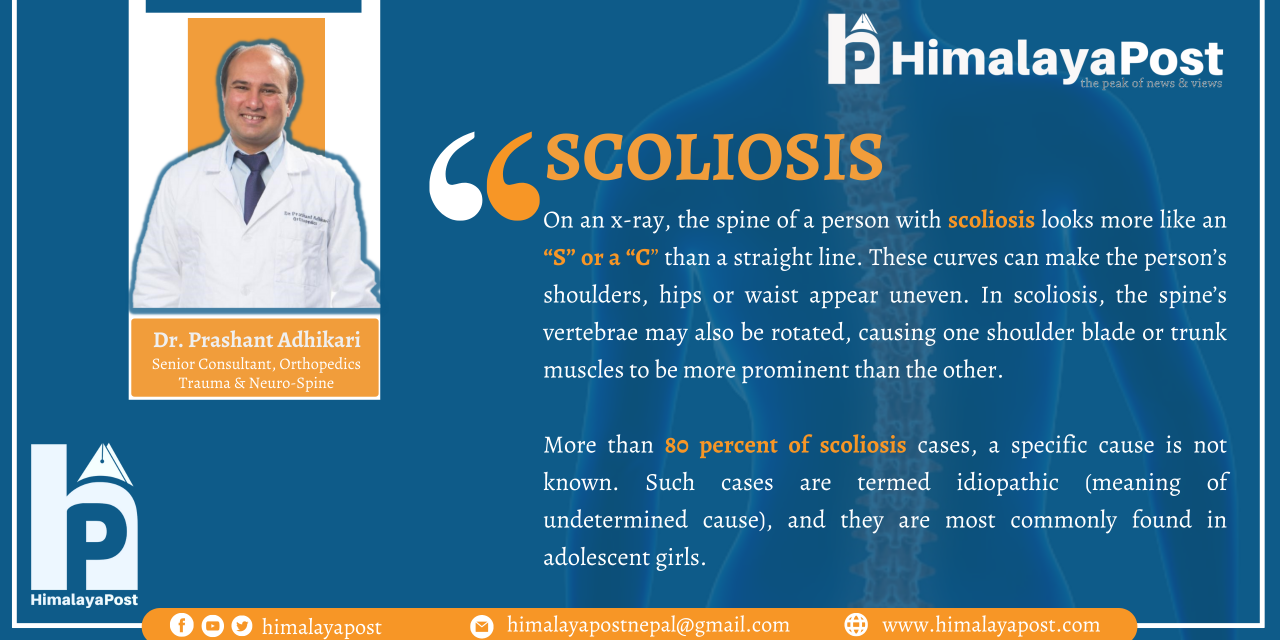Scoliosis Awareness Month is observed annually in June with the aim of raising awareness about scoliosis, emphasizing the importance of public education, early detection, and understanding its prevalence within the community.
Speaking of scoliosis, I would like to share an inspiring story about Princess Eugenie. Princess Eugenie Victoria Helena, born on March 23, 1990, is a member of the British royal family. She is the niece of King Charles III and the granddaughter of Queen Elizabeth II. At the time of her birth, she was 6th in line to the British throne and currently holds the 11th position.
While preparing for her wedding, Princess Eugenie made a significant statement by stating, “I wanted my wedding dress to show my scar.”

For many brides, choosing what to wear on their special day is one of the most important decisions they will make. However, for Princess Eugenie, there was an additional factor to consider.
At the age of 12, the Queen’s granddaughter underwent major back surgery to treat a spinal curvature, known as scoliosis. Sixteen years later, Princess Eugenie made the choice to wear a wedding dress that proudly displayed her scar, with the hope of honouring those who had supported her and inspiring others with the condition.
Princess Eugenie’s custom Peter Pilotto dress featured a low portrait neckline that dipped elegantly in the back, revealing a scar that stretched from the top of her neck to her shoulder blades. Her hairstyle was chosen to ensure that the mark remained uncovered.
The decision to expose her scar was a deliberate design choice requested by the bride herself, who underwent corrective surgery for scoliosis at the age of 12.
“[It’s] a lovely way to honour the people who looked after me and a way of standing up for young people who also go through this,” Eugenie said of the design choice. “I think you can change the way beauty is, and you can show people your scars and I think it’s really special to stand up for that.”
In 2002, Princess Eugenie received treatment at the Royal National Orthopaedic Hospital (RNOH). On the hospital’s website, she shared details about her life-changing procedure, stating, “During my operation, which lasted eight hours, my surgeons inserted eight-inch titanium rods into each side of my spine, along with one-and-a-half inch screws at the top of my neck. After three days in intensive care, I spent a week on a ward and six days in a wheelchair, but I was walking again after that.”

What is Scoliosis?
Scoliosis is a condition of side-to-side spinal curves. On an x-ray, the spine of a person with scoliosis looks more like an “S” or a “C” than a straight line. These curves can make the person’s shoulders, hips or waist appear uneven. In scoliosis, the spine’s vertebrae may also be rotated, causing one shoulder blade or trunk muscles to be more prominent than the other.
Scoliosis does not result from carrying heavy items, sports, poor posture, or minor leg length abnormalities. In fact, in more than 80 percent of scoliosis cases, a specific cause is not known. Such cases are termed idiopathic (meaning of undetermined cause), and they are most commonly found in adolescent girls.
- Infantile idiopathic scoliosis is found in children ages 0 to 3.Juvenile idiopathic scoliosis is found in in children ages 4 to 10.Adolescent idiopathic scoliosis is found in adolescents ages 11 to 18.
- Adult idiopathic scoliosis is found in patients older than 18.
- Less often scoliosis develops in those diagnosed with other conditions.
- Neuromuscular and Syndromic scoliosis
Evaluation: Do I Have Scoliosis?
Doctors can detect scoliosis by performing a physical examination of your back:
- You stand in a relaxed position with your arms at your sides and the doctor will view you from behind looking for curvature of the spine, shoulder blade asymmetry, waistline asymmetry and any trunk shift.
- You will also bend forward at the waist to allow the doctor to observe the rotation of the the spine; scoliosis can create a rib prominence in the upper back and/or a flank or waist prominence in the lower back.
- If scoliosis is suspected following this simple examination, the doctor will usually order X-rays of the entire spine from the neck to the pelvis (back and side views).
- If scoliosis is present, the doctor will measure the spine’s curves and provide you with a number, in degrees, to help describe the scoliosis.
- Once the presence of scoliosis is confirmed, your doctor will discuss treatment options with you or refer you to a specialist. Treatment options may include:
- Routine monitoring of the curvature (and in some case, physical therapy) as long as it remains minimal;
- Wearing a brace to try to stop the curve(s) from progressing;
- Surgery for patients with major curves causing discomfort or other health problems.
Scoliosis Awareness Month serves as a reminder of the importance of early detection, education, and support for individuals with scoliosis. By increasing awareness, we can empower those affected by this condition and promote a greater understanding of their needs within the community.
The above article was written by Dr. Prashant Adhikari, a highly skilled and experienced consultant orthopedic and spine surgeon at HAMS hospital.





